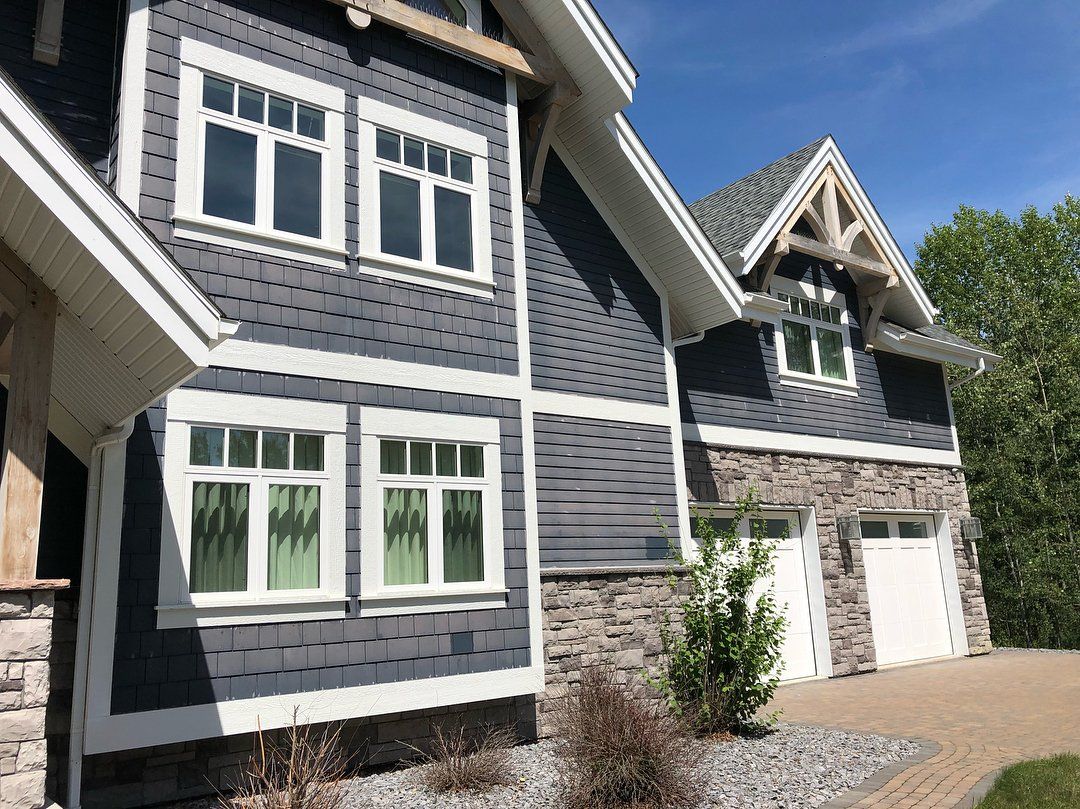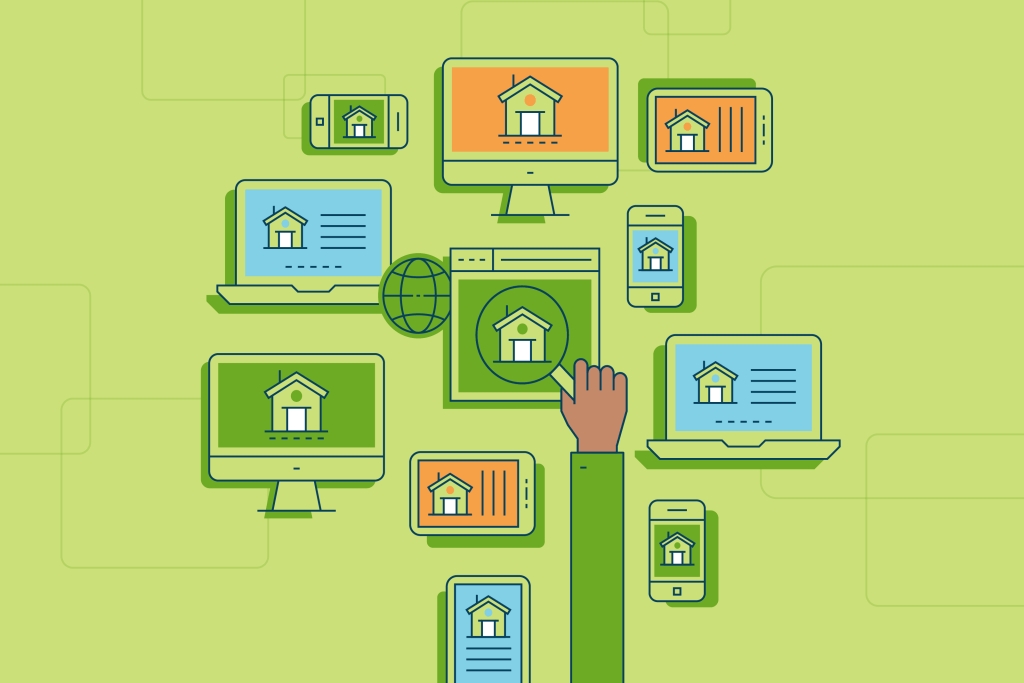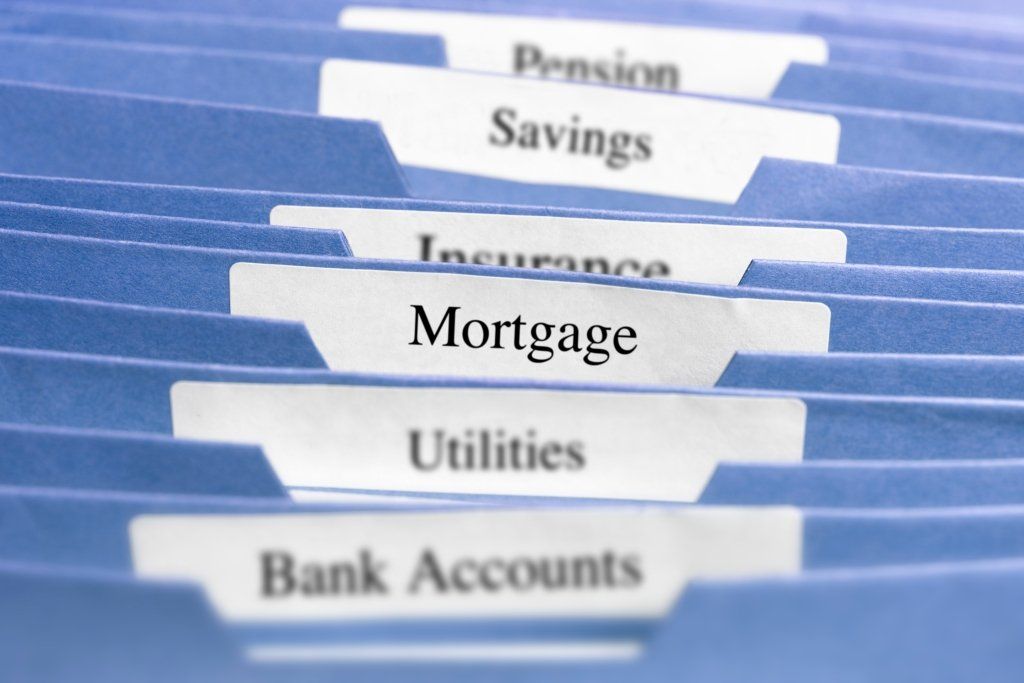8 Home Remodeling Projects With Top-Dollar Returns
Not all home improvements are created equal. These will reward you the most when it comes time to sell.

Your home is in the perfect location, came at the perfect price, with the perfect lot. (Yay southern exposure!)
But the home itself? Perfect isn’t the adjective you’d use. But you knew that moving in, and now you’re ready to start making it just right.
Where to begin, though? How about with data? Data is that friend who tells you like it really is.
Because while any home improvement that brings you joy is priceless, not all add as much home equity as you might expect.
The "Remodeling Impact Report" from the National Association of REALTORS® has tons of data on how much improvements cost — and how much of those costs you can recoup.
Here are eight of the report's best home remodeling projects with equity-building might:
#1 New Roof
If you find yourself sprinting for the buckets when it starts to sprinkle, getting a new roof should be your No. 1 to-do. Measuring rainfall from the indoors isn't cool.
The cost: $7,500
The return: 107% at $8,000
Considering it’s what’s between you and the elements, it’s a no-brainer.
Not sure if you need a new roof? Signs you might include:
- Shingles are missing, curling up, or covered in moss.
- Gritty bits from the asphalt shingles are coming out the downspout.
- The sun’s shining through your attic.
- You notice stains on ceilings and walls.
- Your energy bill is sky high.
#2 and #3 Refinished or New Hardwood Floors
You flip on the TV to see that your fave home reno-ing duo is it at again, flipping a ranch that’s stuck in the '80s.
They make it to the living room, pull back the dingy carpet to reveal hardwood floors in great condition. They’re psyched — and for good reason.
Hardwood floors are a timeless classic. Refinishing is a no-brainer. Neither will you regret adding new hardwood floors if you have none.
The cost to refinish: $2,600
The return: 100% at $2,600
The cost to buy new: $4,700
The return: 106% at $5,000
#4 New Garage Door
No surprise that a garage door replacement project made it onto this #winning list — a new garage door provides a big boost for your home’s curb appeal at a relatively modest cost.
The cost: $2,100
The return: 95% at $2,000
There are options galore, too. A host of factory-finish colors, wood-look embossed steel, and glass window insets are just some of the possibilities that’ll give your doors bankable personality.
#5 Better Insulation
Insulation is tucked out of sight, so it’s often out of mind — that is, until you’re forced to wear your parka indoors because it’s sooo darn cold.
The cost: $2,400
The return: 83% at $2,000 (plus the added savings on heating and cooling costs!)
#6 New Siding
In any color! And never paint again.
Those are two of the three benefits of vinyl siding. The third, of course, is your home’s value.
But if long-time homeowners look at you funny when you mention vinyl siding, just tell them that today’s vinyl is way better than what they remember because of fade-resistant finishes and transferable lifetime warranties.
The cost: $15,800
The return: 63% at $10,000
#7 Fiber-Cement Siding
Want fiber-cement siding instead? It also shows a strong payback of 76%. Although it’s the pricier option — you’ll spend about $19,700 with a payback of about $15,000 — it has one thing vinyl still lacks — the perception of quality.
The cost: $19,700
The return: 76% at $15,000
#8 HVAC Replacement
Air quality is top of mind these days, so replacing an HVAC system is a timely project — plus it cuts those pesky utility costs. Of the people surveyed in the NAR report, almost half said the most important benefit of HVAC replacement was better functionality and livability.
The cost: $8,200
The return: 85% at $7,000
Quality matters. In a survey from the National Association of Home Builders, “quality” was the one of the most important traits home buyers focused on when house hunting.
Perceptions of quality can vary, but the majority of both first-time buyers and repeat buyers said they'd rather have a smaller home with high-quality products and services than a bigger home with fewer amenities.
Written by: Anne Arntson
Share









